Japan’s latest bullet train, the thin-nosed Hayabusa or Falcon, made its 300kph debut yesterday, boasting a luxury carriage modeled on airline business class.
Japan has built up a network of cutting-edge Shinkansen train lines since the 1960s that criss-cross the island nation and now hopes to sell the infrastructure technology abroad, including to the US.
The latest ultra-fast tech marvel will make two trips a day from Tokyo to Aomori, a scenic rural backwater on the northern tip of the main Honshu island that has until now been off Japan’s bullet train map. It will also make one more trip a day to Sendai, located between Tokyo and Aomori.
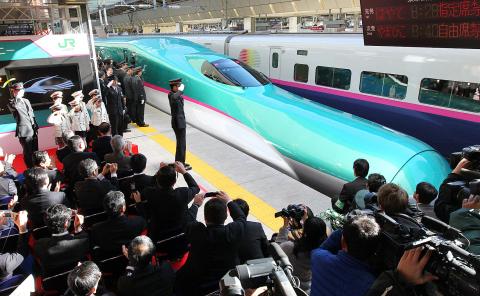
Photo: AFP
Mutsutake Otsuka, chairman of East Japan Railway Co (JR East), stressed the engineering sophistication of the new ride.
“To the best of our ability, we will strive to improve Hayabusa’s passenger comfort, safety and -environmental friendliness, not just its speed,” he told hundreds of people who came to Tokyo station to see the futuristic train.
The mood at the launch was dampened slightly by a seven minute delay to the first service after a passenger fell from the platform at Tokyo station, where more than 1,000 train hobbyists rushed to take pictures.
The train was not moving at the time and the man climbed back up to the platform unaided.
The green-and-silver E5 series Hayabusa travels at up to 300kph to make the 675km trip to Aomori in three hours and 10 minutes. From next year, it will push its top speed to 320kph to become Japan’s fastest train.
Passengers will glide quietly along the straight stretches and tunnels that cut through Japan’s mountainous countryside, said JR East, which has heavily promoted the launch of the new service.
Those willing to pay ¥26,360 (US$320) for a one-way trip can enjoy the comfort of a “GranClass” car, where a cabin attendant will serve them drinks and food in their deeply reclining leather seats on thick woollen carpets.
To promote the service, the train company has also heavily advertised Aomori as a tourist destination, praising its landscape, seafood and winter snow.
Japan’s ultra-fast, frequent and punctual bullet trains have made them the preferred choice for many travelers, rather than flying or road travel, ever since the first Shinkansen was launched in time for the 1964 Tokyo Olympics.
However, as Japan, and its railway companies, struggle with a fast-graying and shrinking population and falling domestic demand, the government and industry are aggressively seeking to promote the bullet trains abroad.
Japan has in the past sold Shinkansen technology to Taiwan and hopes to capture other overseas markets, such as Brazil and Vietnam, but faces stiff competition from train manufacturers in China, France and Germany.
The biggest prize is a future high-speed US rail network that US President Barack Obama has promoted, to be backed by US$13 billion in public funding.
California’s then-governor Arnold Schwarzenegger was treated to an early test ride on the Hayabusa when he visited Japan in September.
Japan has also been developing a magnetic levitation or maglev train that, its operator says, reached a world record speed of 581kph in 2003 on a test track near Mount Fuji in Tsuru, west of Tokyo.
The plan is to launch maglev services between Tokyo and the central city of Nagoya by 2027. By 2045 they are expected to link Tokyo with the main western city of Osaka in just 67 minutes, compared with the current two hours 25 minutes.
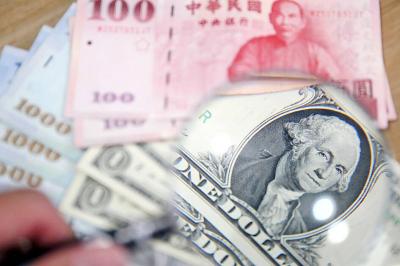
The US dollar was trading at NT$29.7 at 10am today on the Taipei Foreign Exchange, as the New Taiwan dollar gained NT$1.364 from the previous close last week. The NT dollar continued to rise today, after surging 3.07 percent on Friday. After opening at NT$30.91, the NT dollar gained more than NT$1 in just 15 minutes, briefly passing the NT$30 mark. Before the US Department of the Treasury's semi-annual currency report came out, expectations that the NT dollar would keep rising were already building. The NT dollar on Friday closed at NT$31.064, up by NT$0.953 — a 3.07 percent single-day gain. Today,
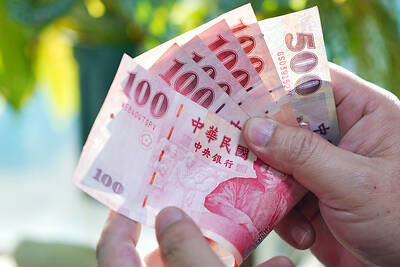
‘SHORT TERM’: The local currency would likely remain strong in the near term, driven by anticipated US trade pressure, capital inflows and expectations of a US Fed rate cut The US dollar is expected to fall below NT$30 in the near term, as traders anticipate increased pressure from Washington for Taiwan to allow the New Taiwan dollar to appreciate, Cathay United Bank (國泰世華銀行) chief economist Lin Chi-chao (林啟超) said. Following a sharp drop in the greenback against the NT dollar on Friday, Lin told the Central News Agency that the local currency is likely to remain strong in the short term, driven in part by market psychology surrounding anticipated US policy pressure. On Friday, the US dollar fell NT$0.953, or 3.07 percent, closing at NT$31.064 — its lowest level since Jan.
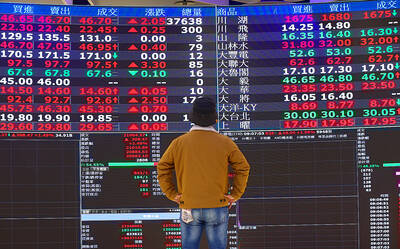
The New Taiwan dollar and Taiwanese stocks surged on signs that trade tensions between the world’s top two economies might start easing and as US tech earnings boosted the outlook of the nation’s semiconductor exports. The NT dollar strengthened as much as 3.8 percent versus the US dollar to 30.815, the biggest intraday gain since January 2011, closing at NT$31.064. The benchmark TAIEX jumped 2.73 percent to outperform the region’s equity gauges. Outlook for global trade improved after China said it is assessing possible trade talks with the US, providing a boost for the nation’s currency and shares. As the NT dollar
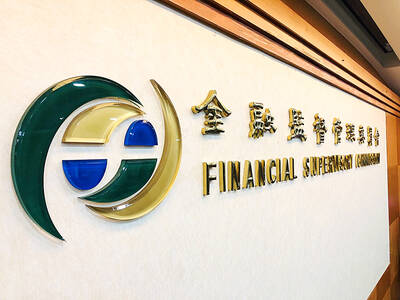
The Financial Supervisory Commission (FSC) yesterday met with some of the nation’s largest insurance companies as a skyrocketing New Taiwan dollar piles pressure on their hundreds of billions of dollars in US bond investments. The commission has asked some life insurance firms, among the biggest Asian holders of US debt, to discuss how the rapidly strengthening NT dollar has impacted their operations, people familiar with the matter said. The meeting took place as the NT dollar jumped as much as 5 percent yesterday, its biggest intraday gain in more than three decades. The local currency surged as exporters rushed to